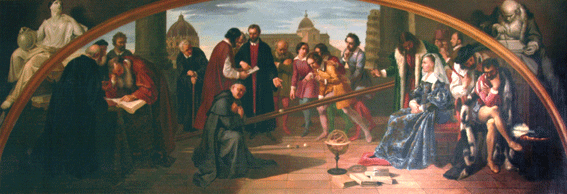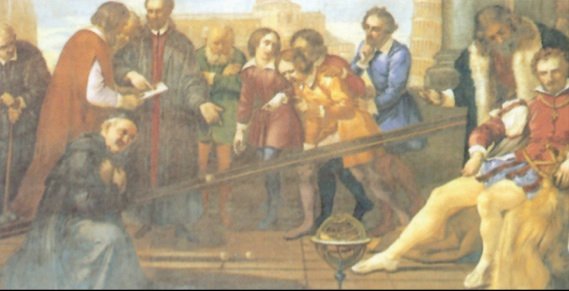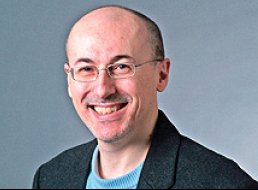The Equisite Experimentalist: Galileo’s penchant for live “trials” of his ideas inspires the author to do the very same
When Galileo Galilei was a student at the University of Pisa in the 1580s, physics was a loose bundle of ideas inherited from the Greeks, mostly from the philosopher Aristotle, via the mediation of the Latin Middle Ages. Projectiles keep going after being released by their projectors because air keeps pushing them for a while, as the most in vogue theory of the time would have it (though there were variations). Theirs is a violent motion. Heavy things fall downwards because the centre of the earth is the natural place for them to achieve their natural state of rest. Theirs is a natural motion. Pendulums are constrained motions. Is the motion of a pendulum violent or natural? Why does it turn back after reaching a summit? Why do violent motions such as those of cannon balls cease? These were the questions a professor of physics would investigate at that time.
Half a century later, when Galileo published his masterpiece, the so-called Two new sciences (1638), the questions that he asked and successfully answered were of a completely different nature. What is the mathematical law of falling bodies? What is the geometrically exact curve followed by cannon balls? Is the motion of pendulums isochronous (i.e., do pendulums swing really regularly)? These were questions belonging to a revolutionary new physics, a mathematical physics based on experiment, which Galileo had created during five decades of research.
Wat Galileo revolutionized was the very essence of scientific inquiry. To learn bout the trajectory of cannon balls, the motion of pendulums, and the law of acceleration of falling bodies, Galileo combined the power of mathematics with controlled experiment. But there is lot of controversy surrounding Galileo’s experiments.
About the middle of the twentieth century some scholars doubted that Galileo really built his apparatus and performed the experiments he famously reports. In 1961, historian Thomas Settle debunked this Galileo myth. Settle showed that Galileo’s allegedly thought experiments were not figments of Galileo’s imagination. Settle set up an inclined plane roughly similar to Galileo’s, let balls roll down it and measured the time they took to descend using a ‘‘water clock’’ as Galileo says he did. According to Settle, the measurements that Galileo hints at were plausible. Galileo, the exquisite experimentalist, had really existed.
More recently, I embarked on a similar project. I started a research program at the University of Pittsburgh aimed at reconstructing Galileo’s experiments. The reader can learn more about this program at www.exphps.org, a website supporting the project and publishing reports of our investigations. So, what is it like to learn anew from Galilean reconstructed experiments? I have answered this question in a new book.1 But the gist of my answer can be put simply as follows.
Revisiting a Galilean experiment is much more than replicating its purported original results; it is like an archaeology of early scientific knowledge; it is about learning a whole new science. There is no such thing as a Galilean experiment in the sense of an event which has been accomplished once and for all. We must continue to learn from swinging pendulums and rolling balls down inclined planes, as Galileo did in the first place.
In conclusion, we must all become exquisite experimentalists. This is the lesson I learned from my love affair with Galileo.
About the Author
Paolo Palmieri is Associate Professor at the University of Pittsburgh where he teaches history and philosophy of science. He earned his PhD from the University of London. Before becoming a historian and philosopher he worked as an engineer for Ferrari Formula One. His research publications and more about him can be found at www.pitt.edu/~pap7/.


